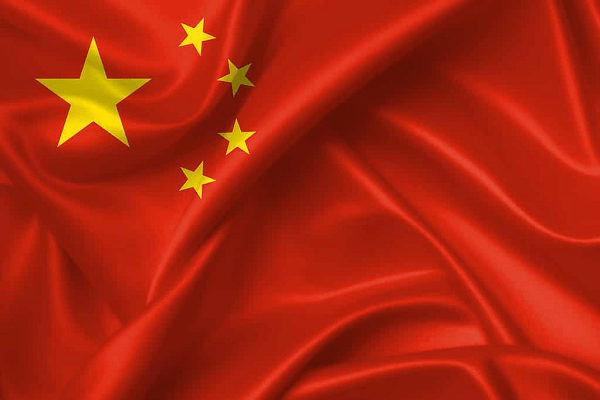

In a significant departure from the norm, China has embarked on a transformative national policy to diminish its reliance on soybean meal in livestock and poultry feeds. Early reports indicate remarkable progress, with a notable 11% reduction in soybean meal uptake during the January-to-November period compared to 2022, reaching 4.44 million metric tons (mmt), as disclosed by the agriculture ministry (MARA) and reported by Mintec Global.
This decline occurred amidst a surprising 4% year-on-year increase in total feed output, totaling just under 287 mmt, according to MARA. Historically, China heavily depended on soybean meal imports, primarily from leading suppliers Brazil and the United States, with the average inclusion rate in Chinese feeds reaching 14.5% in 2022.
The national three-year action plan, introduced this year, focuses on investigating alternative feed proteins, enhancing the use of grass and forages, and implementing a controlled annual reduction of 0.5% in soybean inclusion. The ministry forecasts a 1.5% decrease in soybean meal inclusion in feeds for the full year, signaling a significant shift in policy that could reduce usage by over 9 mmt in 2023 compared to the previous year.
This bold move aligns with China’s commitment to food security, a sentiment echoed by President Xi Jinping during a recent national rural work conference. The call to prioritize progress in national soybean production aims to bolster food supply security, diminishing dependence on imports.
Contrary to earlier expectations of record soybean meal imports in 2023, recent trends indicate a substantial pivot in China’s strategy. The U.S. Department of Agriculture’s (USDA) earlier projections have been challenged, with the reduced soybean meal usage signaling a transformative period in China’s approach to livestock feeds.
As the nation navigates this new era, the focus on sustainable practices, alternative proteins, and bolstering domestic production underscores China’s commitment to reshaping its agricultural landscape for a more secure and resilient future.




